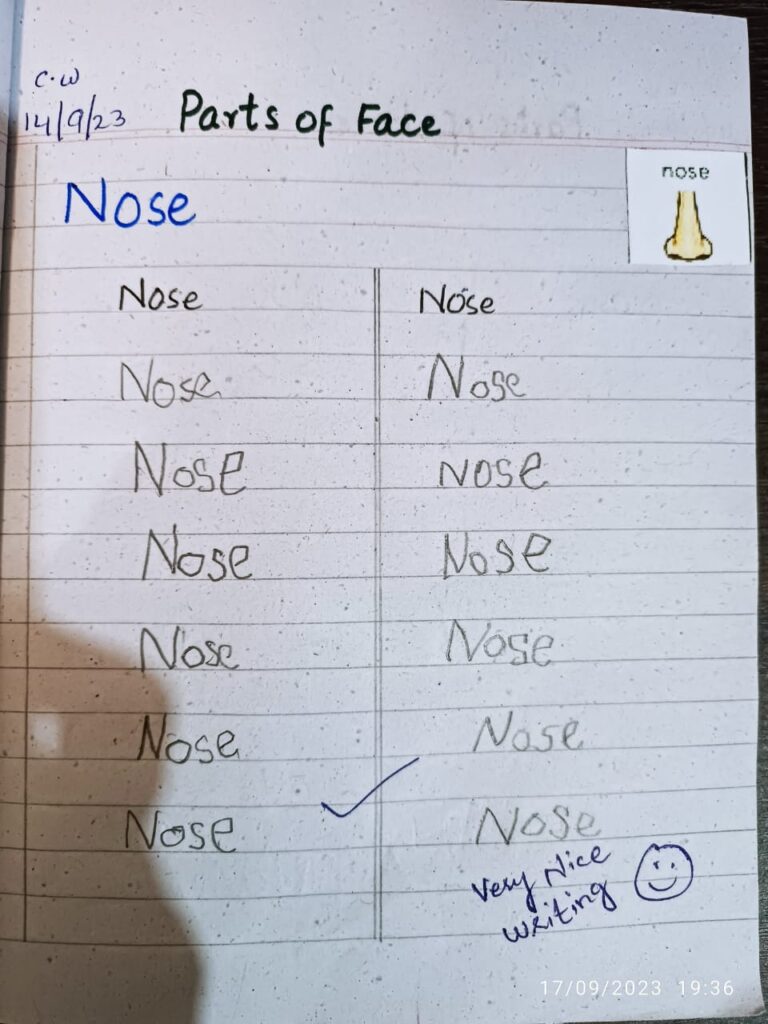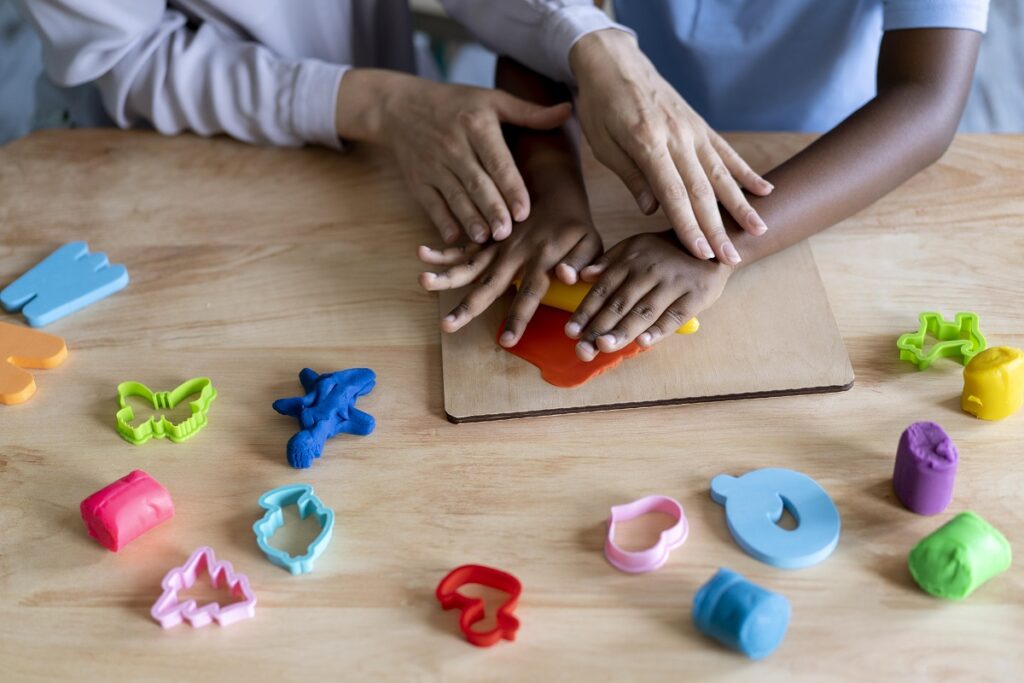When my son received his autism diagnosis at a tender age of 2 years and 3 months, it felt as though the ground beneath me trembled. The signs of autism were there but we had somehow ignored them till now. It was threatening to engulf the world I knew. Every hope, every dream I harbored for him seemed to blur.
He, my whole universe, was at the center of a whirlwind of emotions, and the pain was almost palpable. With teary eyes and a heavy heart, I asked the psychologist, “Will he ever lead a normal life? Can there be any recovery?” The reply was gentle but firm, “Autism isn’t a disease; it’s a condition. We learn to manage, adapt, and live with it.”
The notion of “recovery from autism” haunted my thoughts. What did it mean? Were there autism recovery signs to look for? And thus, my quest began, searching for signs, stories, and hope amidst the vast spectrum that is autism.
Understanding Autism Recovery
The term autism recovery is one that sparks much debate and conversation. At its core, recovery from autism doesn’t necessarily mean a complete ‘cure’ in the traditional sense. Instead, it signifies a journey where the individual exhibits fewer symptoms related to autism and can function independently in various areas of life. Some even might blend in so seamlessly that their previous diagnosis becomes undetectable to casual observers.
When diving deep into the concept, it’s crucial to differentiate between management and recovery. While many therapies aim at managing the symptoms of autism, the road to recovery is about reducing these symptoms to a point where they no longer fit the diagnostic criteria. And yes, there are numerous recovery from autism stories shared by families worldwide, each tale unique, filled with struggles, perseverance, and, most importantly, hope.
However, each story is distinct. The spectrum itself is vast, and so is the path of recovery. There is no one-size-fits-all, and that’s fact of it. It’s about celebrating small victories, embracing the individual’s unique progress, and recognizing the signs that highlight their path toward recovery.
Spotting the Signs of Autism Recovery
Navigating the complex maze of autism often feels overwhelming, but as days turn into months and years, we begin to notice subtle changes in our children. These changes or signs often hint at their progression, their recovery, or better said, their route to better managing and living with autism.
- Improved Social Interactions: One of the first and most notable signs is an enhancement in social skills. Your child may begin to understand social cues better, make and maintain eye contact, and even initiate conversations without prompt.
- Adaptability to Change: Previously, a change in routine might have triggered an intense reaction. Now, there’s an increasing adaptability and resilience to changes in their environment or schedule.
- Increased Empathy and Emotional Awareness: While it’s a myth that individuals with autism can’t feel or express emotions, their understanding and expression of emotions might differ. A sign of recovery or progression is their increased capability to recognize and respond to their emotions and those of others.
- Advanced Communication Skills: This isn’t just about speaking. It’s about effectively conveying thoughts, asking questions, and more nuanced parts of conversation like humor or sarcasm.
- Decreased Repetitive Behaviors: A decrease in the intensity or frequency of specific repetitive behaviors or rituals can also indicate progress.
- Greater Independence in Daily Activities: Activities like dressing up, brushing teeth, or even preparing a simple meal independently showcase significant progress.
- Engagement in Group Activities: Joining group activities, be it sports, art classes, or group studies, without much hesitation or resistance is another positive sign.
These signs don’t necessarily mean that the autism has disappeared. Instead, these signs suggest that the symptoms are less pronounced, and the individual has developed skills and coping mechanisms to manage them better.
Can they live a normal life with autism? Depends on what you mean by normal. Every child’s recovery from autism story is unique. Some might showcase all these signs, some just a few, but every step forward is a victory.
Our Personal Journey
Embracing the Melodies: The road to recognizing the signs of my son’s progression with autism began with him singing melodies. But with time and therapies, he started connecting these isolated islands of songs with functional words.
The First Bridge of Communication was “Pen”: His initial minimal connection to the world blossomed when he voiced out “pen”, an object he had learned during therapy. This word wasn’t just a noun; it was a symbol of future milestones.
Breaking the Charades: The game of silent charades changed when he started expressing his needs. “Chips”, he once voiced, marking the beginning of a new communicative era.
The Sentence Milestone: By 3.4 years, the power of therapy and consistent practice led to him piecing together his first functional sentence.
The Art of Writing (From Resistance to Mastery): Starting with a deep-seated aversion to even holding a pencil, he soon started expressing himself. By age 4, not only had he overcome his discomfort, but he was writing, in big bold letters. This triumph didn’t stop there. By 6, he had progressed to writing in meticulous lowercase.

Warm Social Greetings: Today, he greets with warmth, saying goodbye with a hint of reluctance, showcasing his improved comfort with his surroundings.
Articulating Feelings : His articulation has improved to the extent where he lets me in on his joys, sorrows, and occasional boo-boos.
From Silence to Simple Commands: At the outset, even basic instructions like “come to mama” were puzzling for my son. But with therapy’s guidance, he began to comprehend and respond. The triumph wasn’t just in hearing him reply but watching him act on two-step commands, like “pick up the toy and give it to mama.” Each small achievement was a testament to our shared dedication and a beacon of hope for our journey ahead.
Toilet Training: While we’ve celebrated toilet training successes, there have been tiny setbacks, a part of our continuous journey.
Celebrating Achievements: Despite moments of struggle, focusing on our achievements provides hope and strength. Sharing our recovery from autism story is a testament to resilience, hope, and a mother’s unwavering love.
Real-Life Stories
Across countless homes, heartwarming recovery from autism stories resonate with hope and determination. These narratives highlight the many autism recovery signs that parents like me eagerly look for.
From children who once remained ensconced in their shells now blossoming into expressive individuals, to those who’ve made significant strides in academic and social spheres. The tapestry of these stories is vast, rich, and deeply inspiring, reminding us of the shared milestones of triumph.
Recognizing Autism Recovery Signs
Every parent’s dream, especially for those with children on the spectrum, is to witness their little ones become more independent. The journey of recovery often reveals itself in these moments of autonomy.
It might be in their ability to tie their shoelaces, engage in a group activity, or simply voice out their needs and emotions. These feats, monumental in the eyes of a loving parent, exemplify the myriad autism recovery signs that emerge over time, testament to patience, love, and consistent effort.
Understanding the Spectrum
The notion of recovery from autism is multifaceted. Instead of a conventional recovery, as one might understand from illnesses, it is more about growth, adaptation, and mastering challenges.
Every shared story sheds light on this experience. Some talk of diminished sensory challenges, others of academic accomplishments, yet all underline the challenging journey of living with autism. It’s essential to appreciate that recovery is not about erasing autism but evolving with it, celebrating every sign of progress along the way.
